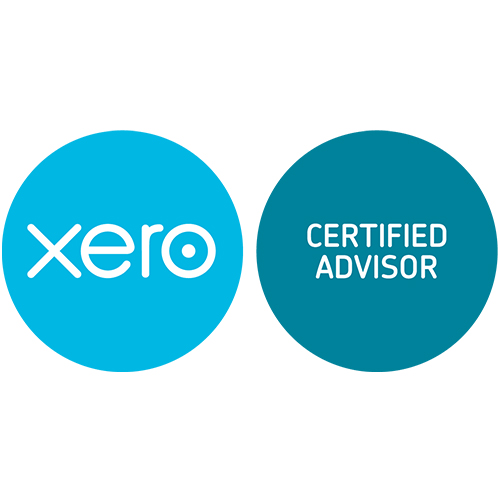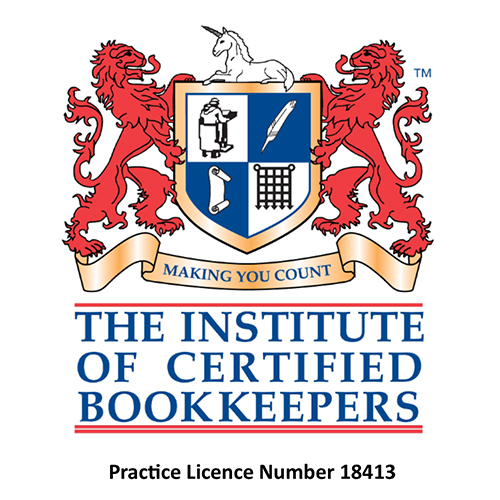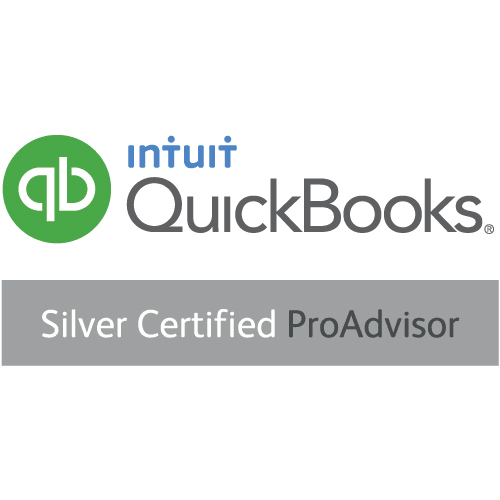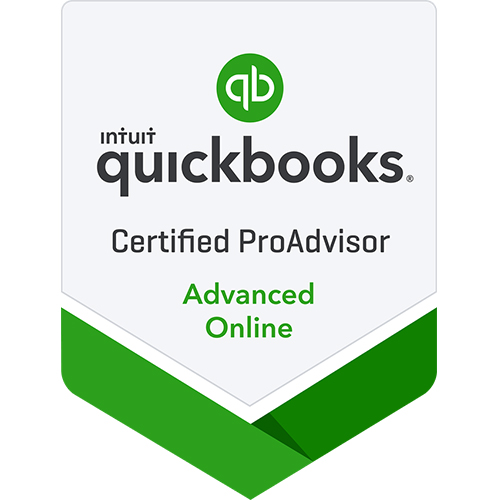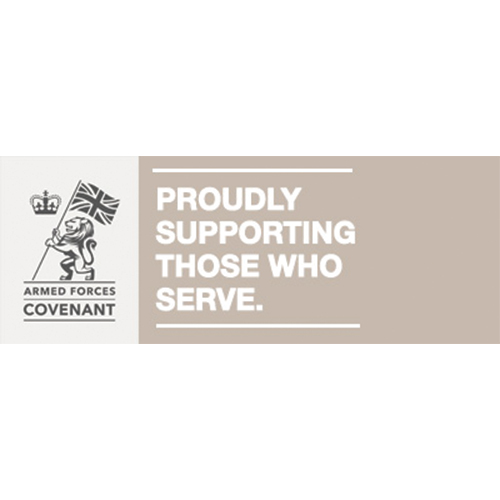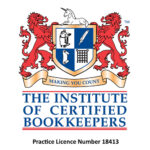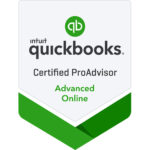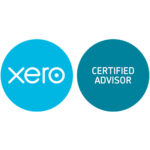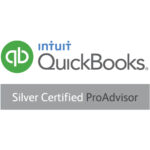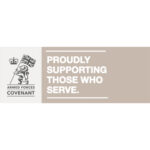Cash flow can be the lifeblood of small businesses. Monitoring and being in control of your cash flow can make a big difference to the success and growth of your business. In this blog, we’re going to share with you some tips to help you with cash flow management in your business.
Understanding the basics of cash flow management
Before diving into our cash flow management tips, let’s start off by exploring what cash flow actually is.
Cash flow represents the movement of money in your business. It’s basically everything that comes in or out of your bank account.
Profit is not the same as cash flow. Profit is the amount of money your business makes after expenses (check out our blog “What’s the difference between my turnover, gross profit and net profit?” to find out more). Cash flow is simply the cash flowing in and out (it doesn’t have to be actual cash, digital transactions are considered cash, we don’t just mean paper money and coins).
Your business can be profitable on paper but still face cash flow issues. This is usually due to the timing difference between when you receive money into your business from invoices or sales, and when you’re paying out expenses. In some businesses this will be more of an issue than others.
A business who doesn’t have a large amount of expenses or outgoings, will likely struggle less with cash flow issues than a business who has a lot of expenses. Those needing to buy lots of supplies, such as cafes, online shops and printing companies will often have large bills to pay themselves, which may not coincide with when they receive the money into their business.
Cash flow forecasting
To effectively manage cash flow, it’s vital that you predict the money coming into and out of your business. This is where a cash flow forecast comes into play.
Creating a cash flow forecast allows you to anticipate potential cash shortages and surpluses, giving you the information needed to make informed financial decisions.
If you don’t use online software that does it for you, you can start by listing your expected sources of income, such as sales revenue, investments, or loans. Followed by your projected expenses, including rent, salaries, utilities, and more. Don’t forget to account for less frequent but significant expenses like taxes or equipment purchases.
For some businesses cash flow forecasting is more important than for others. For example, if you’re a product-based business and you sell most of your stock in the last quarter of the year in the lead up to Christmas, chances are you already needed to have purchased all of your stock to sell, before you’d actually sold much that year. To keep the business running effectively, it’s important to account for this. It would be tempting, after the busy Christmas period, to spend all the cash that came into your business. But what happens when you get to July/August again and need to purchase all your stock for the next festive season? This is where cash flow forecasting can really help your business to succeed and thrive.
Monitor Your Cash Flow Regularly
Your cash flow forecast shouldn’t be a “set and forget” document. To keep your finances in check, you want to regularly update and review it. By comparing your actual cash flow to your forecast, you can spot discrepancies early and adjust your financial strategies accordingly. This helps to prevent potential cash flow problems before they become critical.
Control Your Expenses
Controlling business expenses is a fundamental aspect of effective cash flow management. Small adjustments in your spending habits can have a significant impact on your cash flow. Start by tracking all your business expenses, from office supplies to utility bills.
Identify areas where you can cut unnecessary costs without compromising the quality of your products or services. For instance, consider renegotiating contracts with suppliers for better deals or finding more cost-effective software solutions. Even small savings can add up and help maintain a healthy cash flow.
Manage Receivables Effectively
One way to support healthy cash flow is by managing your receivables (that’s income into the business).
This includes: invoicing promptly and accurately, ensuring you have clear terms and conditions, and following up on late payments.
Cash flow management is an ongoing journey. The best thing to do is just to start. Once you start monitoring your cash flow and thinking about it, you can review it regularly and adapt to changes. By doing this you’ll be better equipped to navigate challenges that may come up and help to keep your business moving in the right direction.
If you need any support with cash flow monitoring and management, we’d love to chat to you. Just send us a message and we’ll be in touch.






